Our new exhibition, Designed for Drama: Fashion from the Classics, brings together the artistry of great literary works, film making, and costume design. In honor of its premiere, let’s take a closer look at one of the Academy Award®-nominated gowns showcased in America’s Largest Home® and the narrative that inspired it.
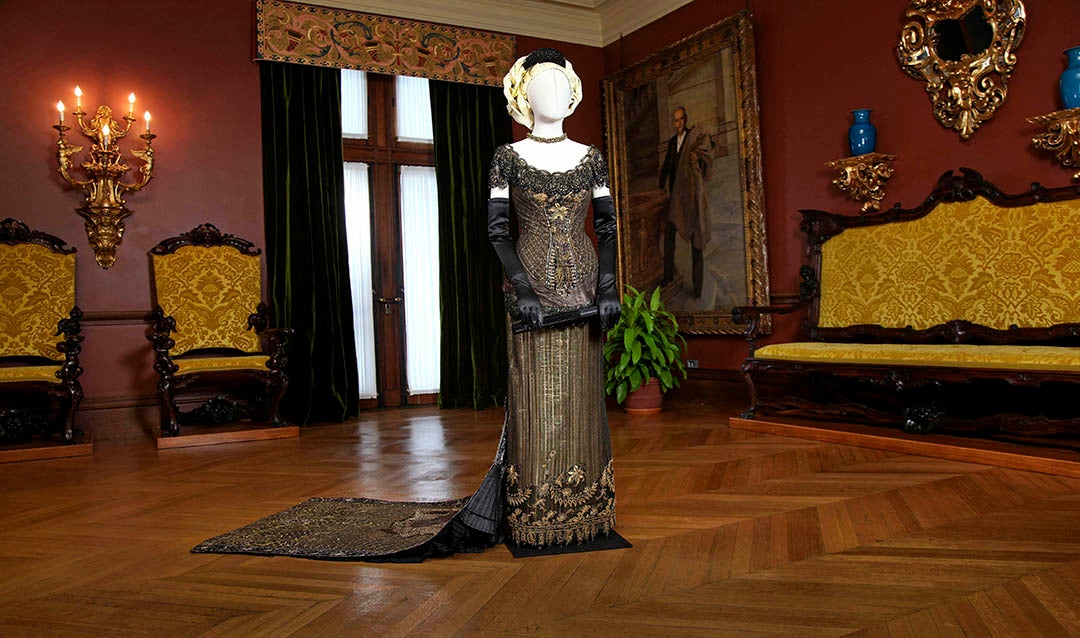
Written by Henry James in 1881, The Portrait of a Lady is the story of Isabel Archer: a spirited young woman who inherits a fortune and then falls into an unfortunate relationship. In the 1996 film adaptation of the same name, costume designer Janet Patterson, known for her sumptuous 19th century creations, illustrates the character’s struggles through her Victorian period dress.
Patterson conveys Isabel, played by Nicole Kidman, and her character arc through many evocative outfits—from her charming light blue striped suit and cheerful straw hat worn in the beginning of the film to her more somber, sophisticated suit of deep red damask worn later—but the black and gold sequined evening gown she wears toward the end of the film is particularly expressive. The two-piece costume is made of patterned mesh fabrics over lamé (fabric with interwoven metallic threads) and silk and is elaborately trimmed with beads, sequins, and metal thread embroidery.
The low, wide neck of the gown and its very short cap sleeves are both lined with a band of heavily beaded black net over gold. Beneath is a long-line fitted bodice of diagonally patterned gold net over diagonally gold-embroidered lamé. The complexity of the bodice may reflect the complexity of Isabel’s life at this point, a time when she must make increasingly difficult and emotionally moving choices.
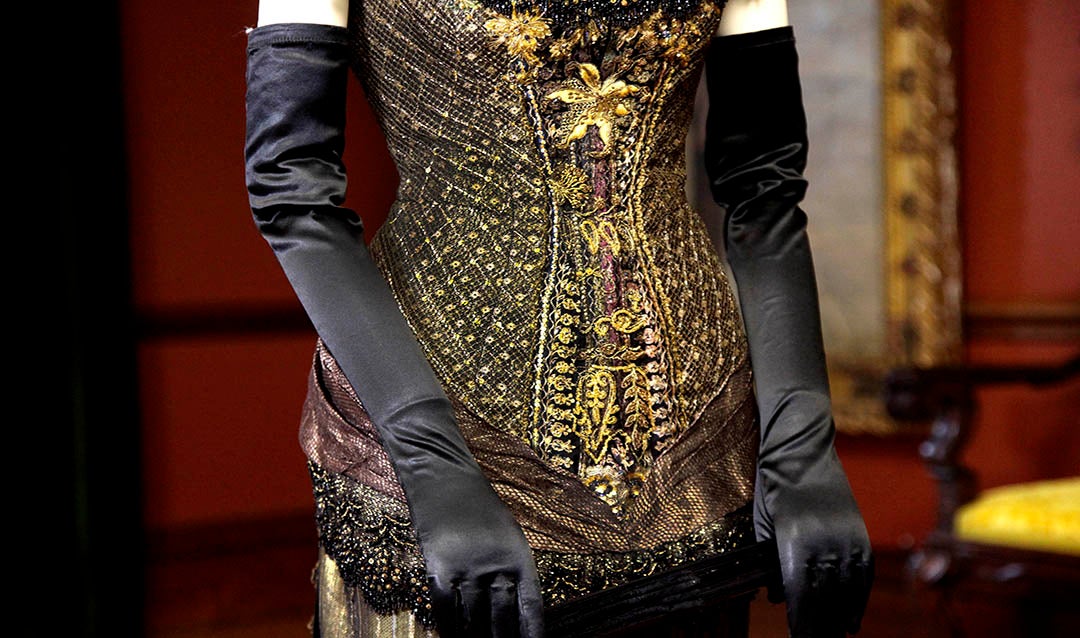
Beneath the bodice, the gown’s skirt of vertically striped black net over gold lamé falls straight to the ground with beaded appliqué flowers lining the hem. Underlayers of pleated black silk peek out from the edges.
And, of course, the most dramatic element of Isabel Archer’s evening gown: the train. Made of black silk overlaid with layers of gold net, the purposefully long train trails behind the dress, ending with square edges decorated with gold floral embroidery and sequins. In her journey from a spunky and independent woman to a miserably repressed wife, the repeated shots of Isabel’s long, intricate trains dragging as she walks throughout the film seem to demonstrate all that has held her back.
This exquisite evening gown is just one of 10 costumes on display in Biltmore House designed by four-time Oscar® nominee Janet Patterson. In addition to other designs from The Portrait of a Lady, multiple costumes from Far From the Madding Crowd (2015) will be highlighted as well. Join us for Designed for Drama and discover how the artistry of costume design helps bring classic literary characters to life.
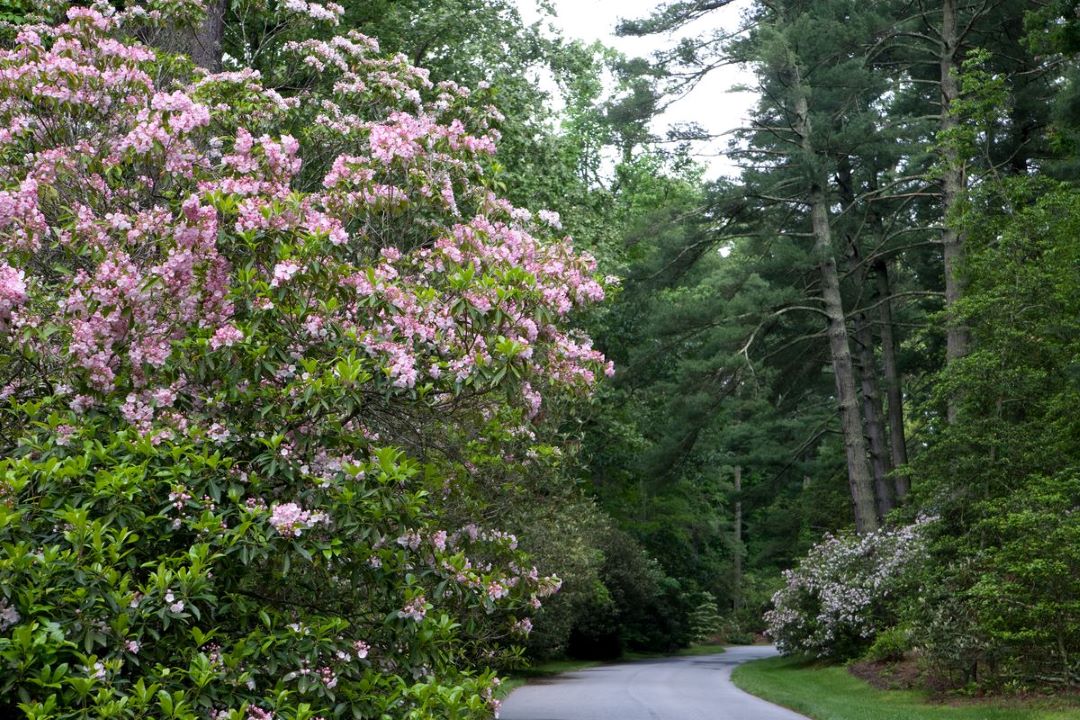
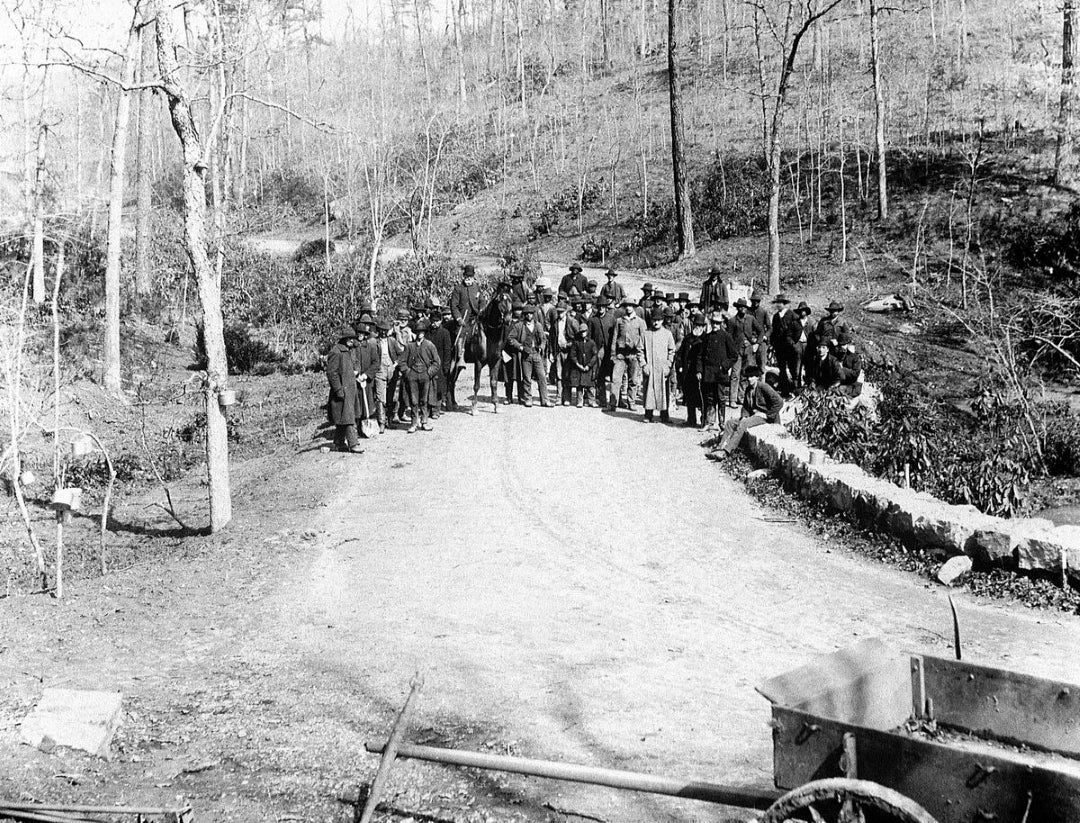
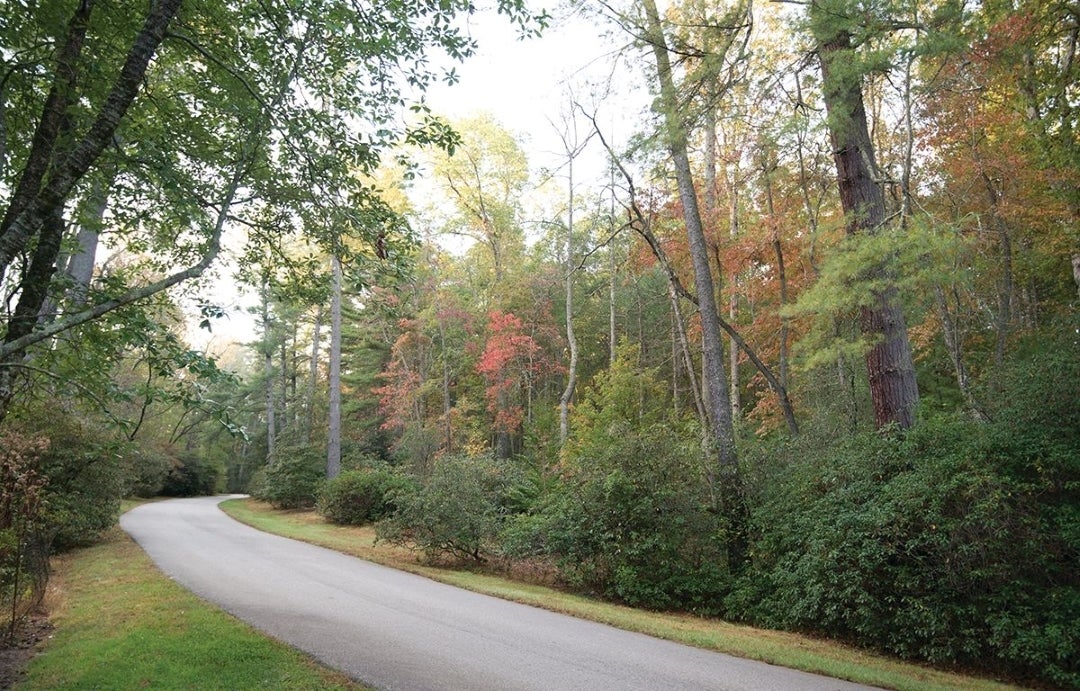
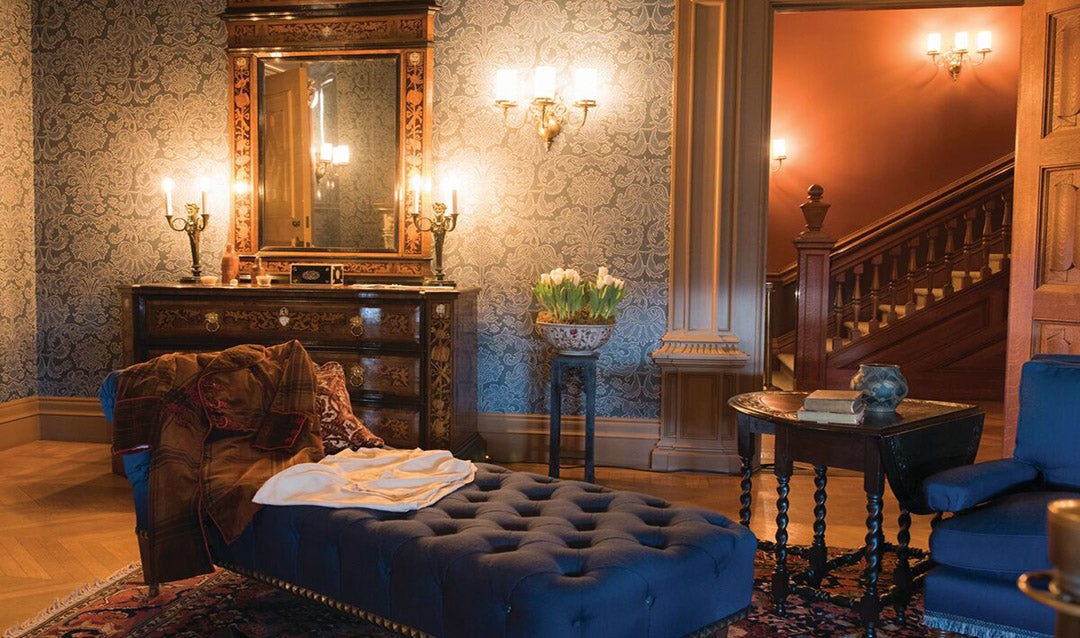


 According to her co-workers, Chef Brookhouzen’s vision and attention to detail make this gingerbread display truly over-the-top spectacular. Special features include rotating Christmas trees in the front and back, a lighted roof and windows, charming animals, and a host of other miniature touches.
According to her co-workers, Chef Brookhouzen’s vision and attention to detail make this gingerbread display truly over-the-top spectacular. Special features include rotating Christmas trees in the front and back, a lighted roof and windows, charming animals, and a host of other miniature touches. “We’ve been doing a gingerbread model of The Inn for nearly 15 years, so I thought it was time to try something new,” said Chef Brookhouzen of her design. “I hope that having something so different will delight our guests and make them interested in seeing what we create next year.”
“We’ve been doing a gingerbread model of The Inn for nearly 15 years, so I thought it was time to try something new,” said Chef Brookhouzen of her design. “I hope that having something so different will delight our guests and make them interested in seeing what we create next year.” Gingerbread Conservatory Fun Facts
Gingerbread Conservatory Fun Facts


